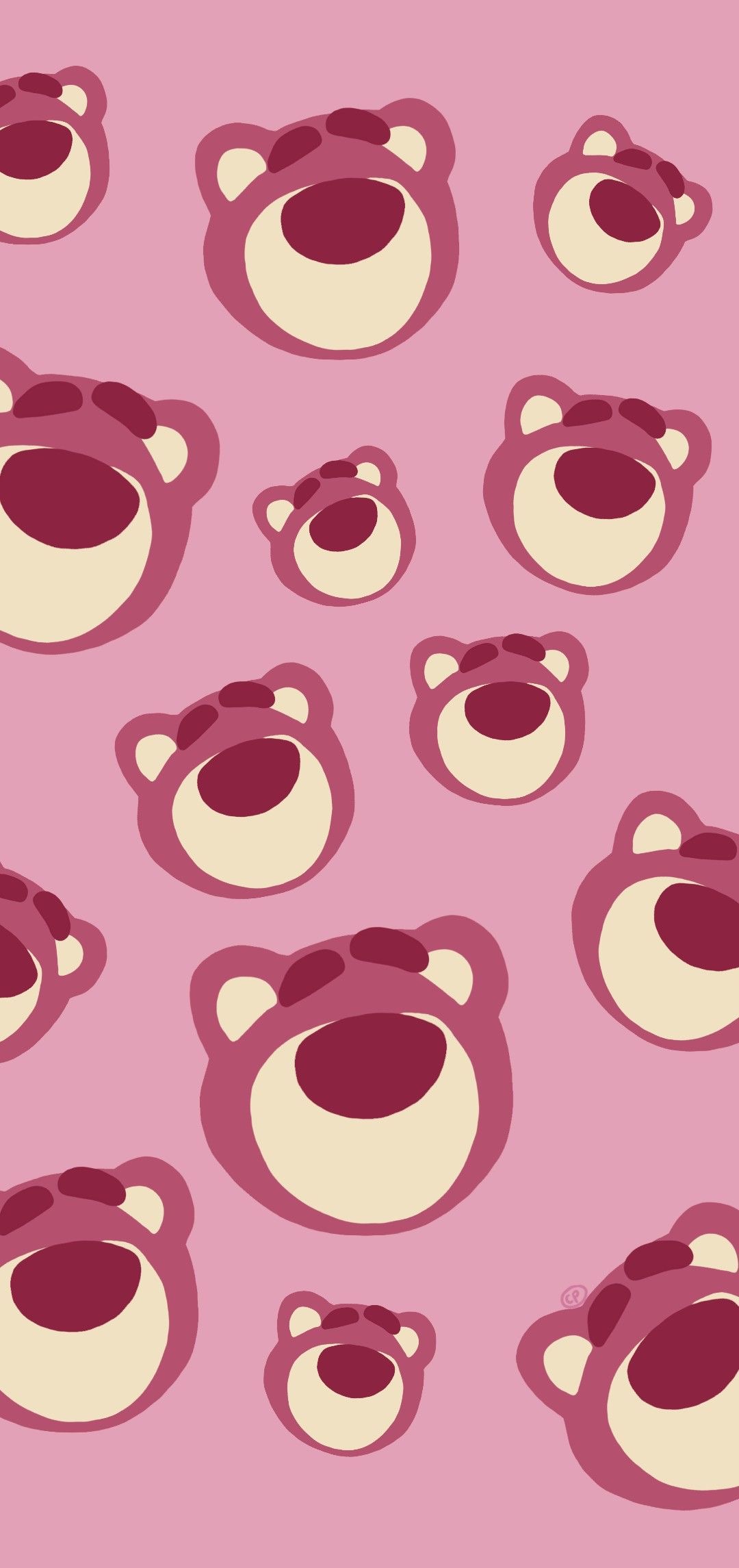CPAR Skills, Techniques and Production
Cards (12)
- It is made by adhering flat elements to a flat surface to create a thick layer that is almost like a relief sculpture. (Newspaper, Magazine cut-outs, photographs, etc.)
- A process of applying gouache to paper or glass then transferring a reversal of the image to a canvas
- Method of painting using opaque pigments ground in water and thickened with glue-like substance.
- It is done by adhering cut-outs of paper and then coating these with one or more coats of transparent coating of varnish.
- It is the technique of rubbing crayon on a piece of paper which has been placed over an object or an image.
- It is used for photography or film where a pictorial image is juxtaposed or pace overlapping to make another picture or design
- A painting technique used by Pacita Abad where her canvases are padded, sewn, and often filled with sequins, beads, shells, etc., that she picks from her travels and journeys.
- It is another technique for art viewing
- It is an artistic process based on the principle of transferring images from a matrix onto another surface. Mostly paper or fabric. Found object can be used.
